The end of the year is typically a time for reflection. For businesses, it’s a time to gather data about the last 12 months in order to analyze what has been working or not and set new refined goals from that evaluation. It’s understandable that with the holiday’s, year’s closing and even into January that you may not have had a chance to sit down with your team and hash out what you would like the next year to look like but, of course, there's still time. Schedule a set date in the calendar right now so you can collaborate on some very necessary resolutions for 2016. If you are unsure where to start or you’re having trouble coming up with some achievable ideas, here are 10 great resolutions you can steal from other professionals that are successfully using Inbound strategies as part of their goals.
1. Beef up your blogging.
Yes, blogging consistently isn’t easy but the rewards are totally worth it. We aren’t talking about getting a post out once a month here either, that isn’t nearly enough to see an increase in traffic and leads. Of course, you can start small such as committing to one a week. Once you feel comfortable with that goal, start increasing the frequency.
Above all, remember that you are blogging to educate your target audience. Writing an engaging post means offering insight into questions they may have and giving your professional stance on the topic. Quality, targeted content written in a consistent basis is what will help you become an authoritative figure in your industry and start you on the path to increasing your leads.
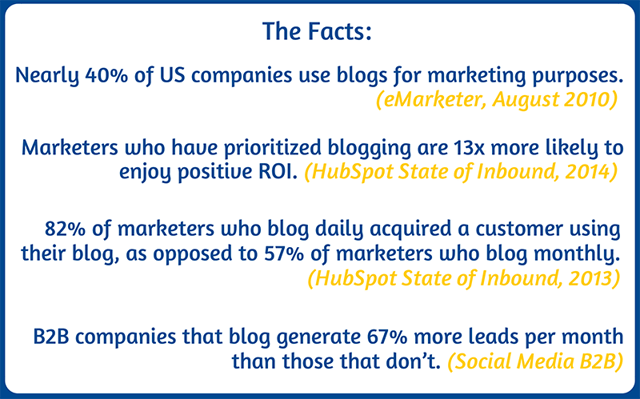
Helpful Resources:
- How Often Should Companies Blog [New Benchmark Data]
- Quality vs. Quantity: A 6-Month Analysis of the Age-Old Blogging Debate
- Fun Blog Topic Generator
- How to Generate Endless Content Marketing Ideas
2. Reevaluate and repurpose your current content.
If you’ve been blogging consistently, take this time to look back at your content to see what is performing the best for you. Identify those posts with top ranking keywords, the most views, and social shares then freshen up that same piece of content. You can do this by replacing outdated and irrelevant content, updating data and statistics, checking and replacing internal links, and refreshing your call-to-action.
This is also a great time to incorporate visual elements such as infographics and videos. In the last year, we’ve seen the great impact that visual content has had on reach and engagement. With more importance being placed on this type of content, including these elements within your blog can be a powerful way to communicate with your readers.
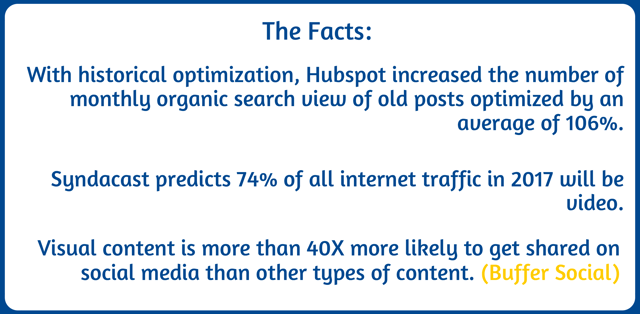
Helpful Resources:
- The Blogging Tactic No One Is Talking About: Optimizing the Past
- The Complete Guide to Updating and Republishing Outdated Blog Content
- 12 Reasons to Integrate Visual Content Into Your Marketing Campaigns [Infographic]
3. Start a social sharing strategy.
If you haven’t heard, social media marketing is a big deal. Incorporating a social media strategy into your inbound campaign is not only important to get your name out there, it’s one of the best avenues for spreading your content to your target audience. After you have clearly defined buyer personas, the next step is finding out where they live online so that you can focus your efforts into distributing your targeted content to those specific social platforms. Learn the best times to post to certain platforms based on your goals such as shares, and don’t forget to interact with your audience and answer any questions they may have.
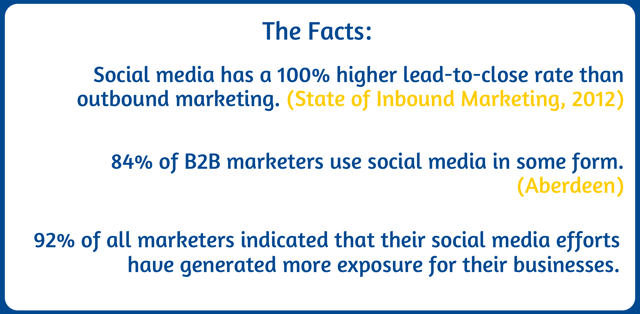
Helpful Resources:
- Which Social Media Accounts Really Matter and Why
- The Best Times to Post on Facebook, Twitter, LinkedIn & Other Social Media Sites [Infographic]
- 6 Tips for Scaling Social Media Promotion With a One-Person Team
4. Prioritize a mobile strategy.
Having a mobile-friendly site is no longer a want but a necessity. In early 2015, Google began changing the way that they reward responsive websites - those that can be viewed easily on a variety of mobile platforms, and penalize those that are not. There has also been an incredible change in the way people search online, with the use of mobile devices surpassing that of desktop computers.
Not only does your website need to be mobile friendly, this also applies to your blog, emails, social account content, and any other content that can be viewed online. Now is the best time to get ahead of the game and invest your resources into a solid mobile strategy.
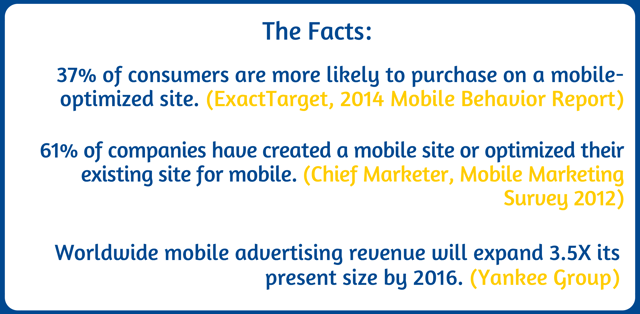
Helpful Resources:
- Google Algorithm Now Rewards Mobile-Friendly Sites: Here's What You Need to Know
- Mobile Search Queries Start to Surpass Desktop: Here’s What You Can Do About It
- How to Display Site Content Only Your Mobile Viewers Can See
5. Get your marketing and sales team on the same page.
Traditionally, marketing and sales teams don’t see eye-to-eye. With the use of different metrics, continual miscommunication, and setting different goals ultimately leading to mistrust and roadblocks, it’s been difficult for these teams to work well together. All this is changing with the help of Inbound marketing.
Now these teams can share in common goals such as attracting visitors, converting them into qualified leads, closing them into customers, and delighting them with quality content. Allowing both teams to come to an agreement on these goals, what metrics to follow, expectations with content, and tools to use, can pave the way for better communication and interaction, which leads to more closed deals.
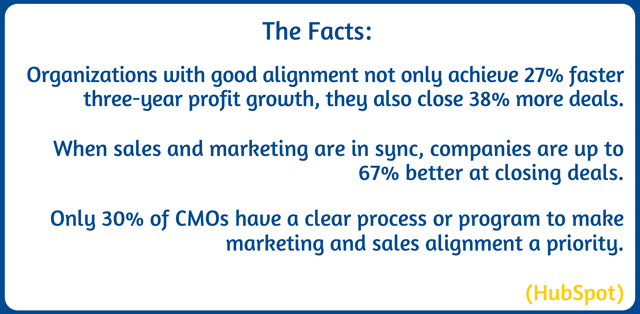
Helpful Resources:
- 5 Inbound Sales Tips to Help Marketing Managers Align With Their Sales Teams in 2016
- The Need for Leads: Why Marketing is the Perfect Wingman for Sales
- Sale-Marketing Alignment Increases Revenue by 208% [Infographic]
6. Analyze and revamp your website.
When was the last time you did a complete audit of your website? Chances are that if your site wasn’t built with measurable goals in mind or specific audience to target, and especially if it’s not producing qualified leads for you, it’s time for an overhaul. A redesign doesn't mean completely scrapping one site and starting from scratch either. Be sure to gather your assets from your current site such as highest ranked keywords, most shared or viewed content, most trafficked pages, most powerful links and more.
After gathering insight about the current site, then you should consider whether a full website redesign or a growth-driven design approach will be best. The former usually involves three months of redesign work where no marketing efforts are involved until the site is complete. The latter is a more systematic approach which shortens time to launch and focuses on making monthly performance improvements as defined through different forms of testing. The end game is to ensure your website supports the goal of the company.
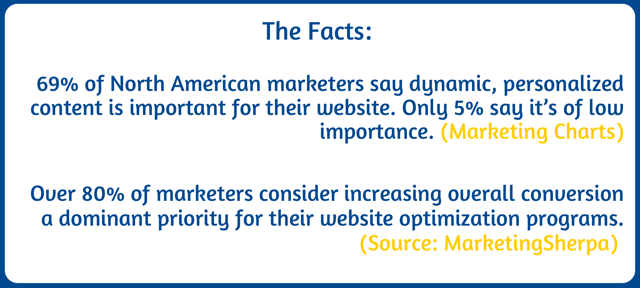
Helpful Resources:
- 8 Excellent Reasons to Redesign Your Website
- Steps to Successfully Redesigning your Website for Greater Lead Conversions
- The Website Launch Checklist: 14 Things You Need to Review Before Going Live
7. Share your knowledge.
Taking advantage of every platform possible to share your content is going to be beneficial not only for your company, but for your audience. This includes the podium. Speaking engagements help you to present yourself as a thought-leader within your industry and provide another way to engage with your target audience. Search for local conferences and meetups, colleges and universities, and business networking groups, anywhere you can share your skills with those who can learn something from you.
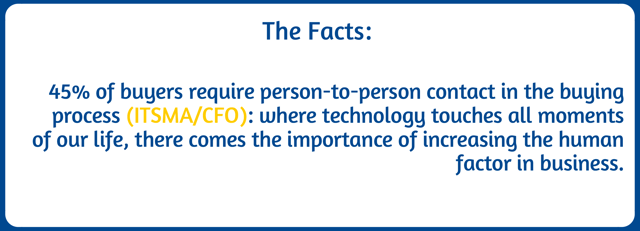
Helpful Resources:
- Public Speaking - 5 Ways to Ditch Your Fear for Good
- 10 Science-Backed Tips for Rocking Your Next Public Speaking Opp
- How To: Land A Speaking Gig at the Conference of Your Dreams
8. Build your referral base.
No one can deny the power of word-of-mouth and that referrals beat out nearly every other lead generation channel. Why? Referrals have more trust in you than new prospects leading to fewer pricing objections, a faster sales process, easier closes, and eventually more referrals. Not only can referrals come from happy clients but also through your business and professional networks.
These networks can help you to build relationships with other connected professionals. The key here is ensuring those you connect with in your network understand what you do and the type of individual or company you want to do business with. Take the time to develop these in-person relationships and expand your referral base.
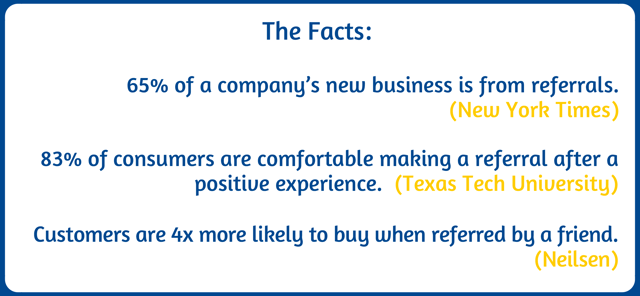
Helpful Resources:
- Use Your Network to Build Your Business
- 7 Tips for Getting High Quality Referrals From Your Clients
- How Selling to Referrals Is Different Than Other Lead Types
- A 5-Step Process for Writing a Standout Networking Email [SlideShare]
9. Invest in the right tools.
It’s the tools that make our lives easier. Lead management software, email and marketing automation, social media management, analytics and tracking - whether you’re in sales or marketing, the right tools facilitate streamlined processes, provide validation through reporting, and allow for clear, big-picture overviews. The best platforms in the market are those such as HubSpot that offer easy integration with popular tools and can align sales and marketing teams by supporting the entire attraction, conversion and closing process.
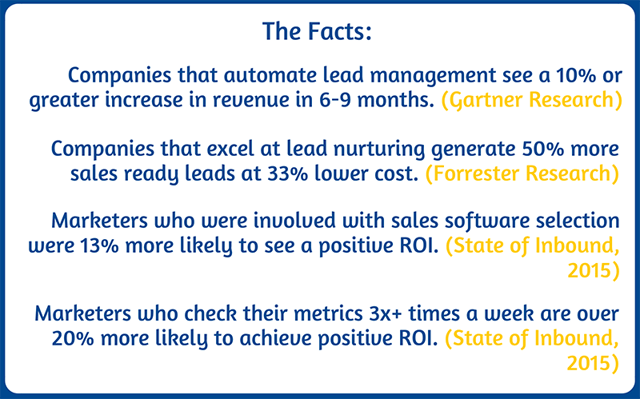
Helpful Resources:
- Top Five MSP Marketing Automation Softwares
- 14 Project Management Tools for Marketing Agencies
- How to Get Your Sales Team to Actually Use CRM Software
10. Devise an Inbound Marketing Strategy.
Of course, no inbound marketing strategy would be complete without, you guessed it, INBOUND. Instead of using traditional interrupting marketing tactics to grab a prospect's attention, inbound marketing follows the premise that prospects can be attracted. In a nutshell, inbound is a way to attract visitors by by providing quality content that targets specific buyer personas, convert them to leads by offering contextual offers that captures their information, close them into customers through lead nurturing, and delight them into promoters through tailored content and offers.A properly planned and executed inbound marketing strategy covers each step taken to effectively convert a stranger into a customer.
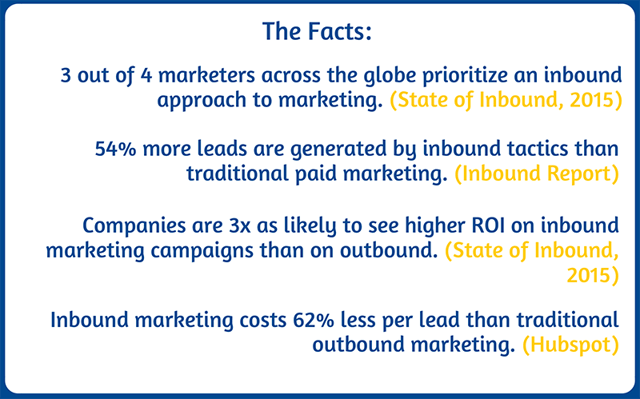
Helpful Resources:
- Increasing Sales: Inbound Vs. Traditional Marketing
- Outbound vs. Inbound: MSP Digital Marketing and What MIT is Saying
- An Epic Guide to Creating an Inbound Marketing Strategy
These resolutions have actually helped business using the Inbound Methodology to become more successful. Which do you plan to implement as a goal this year?
Still having trouble deciding on what goals to resolve? Contact Rizen today and speak to and Inbound Marketing Specialist. We'll help you define your goals and set you on the path to inbound success!



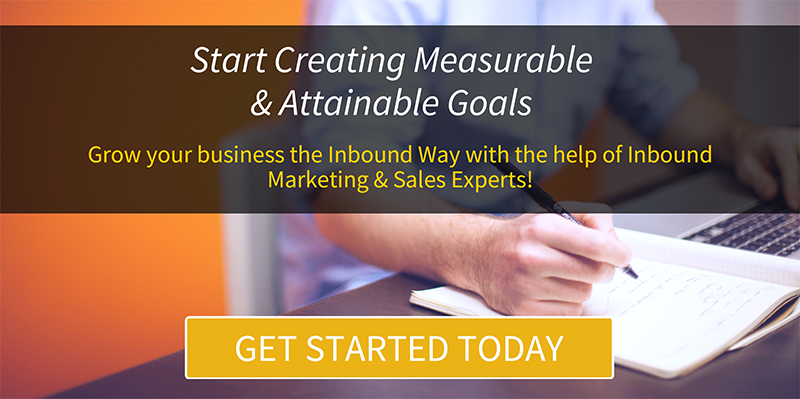

![Reignite Your Millennial Marketing Efforts With These [On Fleek] Ideas](https://blog.gorizen.com/hs-fs/hubfs/Podcast/009%20-%20Millennial%20Marketing%20Blog.gif?length=600&name=009%20-%20Millennial%20Marketing%20Blog.gif)


No Comments Yet
Let us know what you think